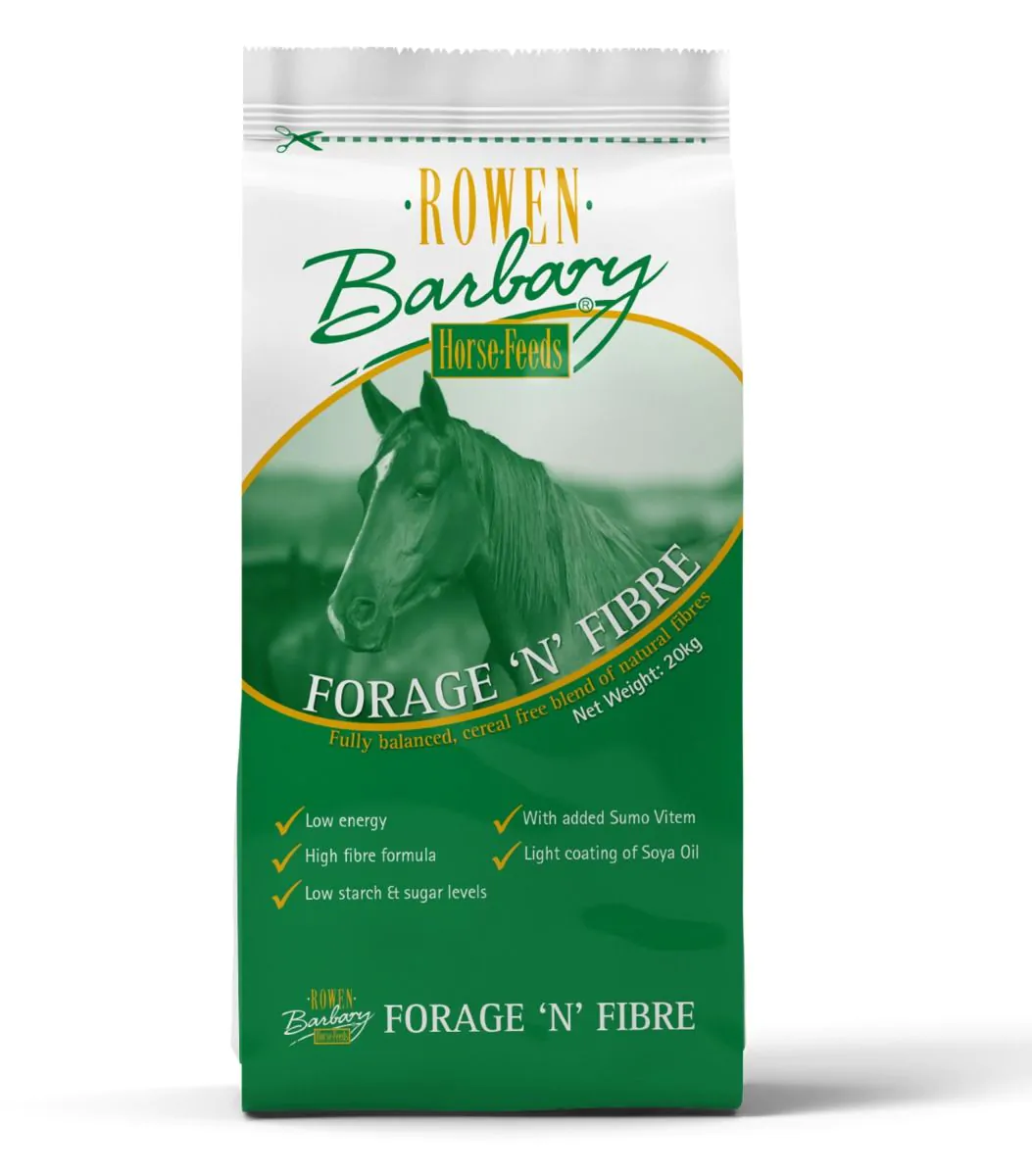- 28th August 2019 by Rowen Barbary
Equine Metabolic Syndrome (EMS)
Equine Metabolic Syndrome (EMS) is a term used to describe a condition in horses that is essentially caused by insulin resistance. Horses with EMS (which includes horses with Cushing’s disease) are especially prone to laminitis.
Insulin resistance in EMS horses causes the abnormally high blood insulin levels. When a horse eats non-structural carbohydrates (NSC), which include the sugar and starch content in horse feeds, blood glucose and insulin levels increase. These high levels of insulin can trigger laminitis.
With the exception of horses suffering from Cushing’s disease, most horses with EMS are normally overweight and are usually described as easy keepers, that gain or maintain weight with very little feed. Typical signs include abnormal fat deposits, a cresty neck and fat pads around the shoulder, sheath, or udder. Horses with weight problems are more susceptible to insulin resistance.
Therefore, horses with EMS and the associated insulin resistance are prone to laminitis and require a low energy diet that is carefully managed to help prevent any additional weight gain, and to hopefully encourage some weight loss. A high fibre diet should be fed choosing stalkier hay that offers a lower nutritional value and it is a good idea to consider soaking it before feeding as it has been found that soaking hay for up to an hour can get rid of 56% of its water-soluble carbohydrates.
Spring and autumn cause a significant problem for EMS horses when we see a flush of grass growth, but it is also recommend to avoid turning out on frosty grass in winter when fructan concentration is high. If a lot of grass is available strip grazing will help limit the horses total grass intake as will periods of turnout in a grazing muzzle. For some horses it may be necessary to limit turn out time and this should be done when the fructan content of the grass is at its lowest.
A diet that contains a NSC content of less than 12%, preferably less than 10% on average per feed is recommended to control the blood insulin levels and help prevent the risk of laminitis developing.
Most EMS horses will do well on a simple high fibre feed that supplies low energy levels alongside all the essential nutrients to help ensure the horse is receiving a fully balanced diet whilst keeping starch to a minimum. Alternatively to ensure the horse has ready access to vitamins and minerals a supplement can be used or a feed balancer to help ensure overall health and vitality.

About Rowen Barbary
All manufacturing at Rowen Barbary is carried out in a state of the art mill located in the heart of the Shropshire countryside. We use only the highest quality ingredients sourced, where possible, from local farms before they are blended by our dedicated team in our UFAS audited mill.
Rowen Barbary also conforms to BETA NOPS guidelines with raw materials & finished feeds regularly laboratory tested to ensure that every bag of feed continues to meet not only ours, but also your high standards.
We Recommend...





